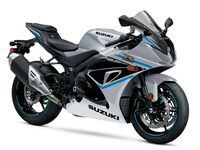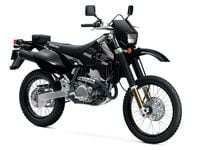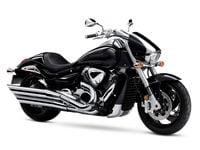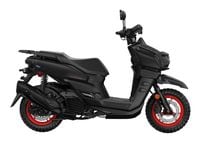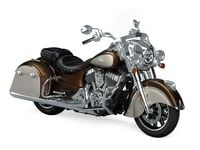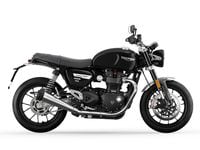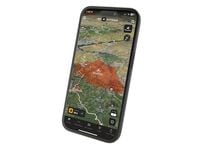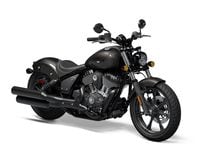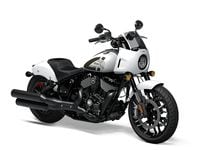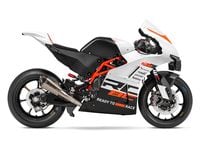Alpinestars’ Tech-Air system isn’t new. It’s been in development since 2001, it’s been used in MotoGP since 2009 where it proved itself in over 600 crashes, and airbag-equipped race suits have been available to the public since 2012. In fact, I was lucky enough to have one, and reviewed it in this MC Tested. So if Tech-Air isn’t new, why are we talking about it? Because now Alpinestars has an airbag setup for the street.
Alpinestar's new Tech-Air vest is a modular system that riders can zip into compatible suits and jackets. There's a back protector that houses the electronics and two gas cartridges, and the airbag itself extends down the back, over the shoulders, across the chest, and down over the abdomen. Accelerometers monitor the rider's movement and can sense a crash as it's happening and activate the airbag in just 25 milliseconds. There are airbag systems on the market from Dainese and a few others, but this is a standalone, self-contained system. No tethers, wires, or GPS required.
As a guy that’s been hospitalized on more than one occasion due to shoulder injuries, the idea of having an airbag absorb impact energy is definitely appealing. And while the Race system I have in my track suit is designed to shield the shoulders in a loss-of-control scenario like a highside, the Street setup is intended to protect from impacts, whether that’s a bike lowsiding on sand or someone getting punted by a car at an intersection.
The new Tech-Air vest will be available in mid-April and will carry a price tag of about $1,100. That’s just for the vest—you’ll need to buy a Tech-Air-compatible jacket or suit to house it. The setup is water-resistant so you can wear it in the rain and the battery is said to last about 25 hours (or ride time) on a full charge.
Alpinestars has been developing Tech-Air for over 15 years, and all that research and technology is now available to protect street riders. True, it’s a pricey piece of tech, but with any luck the cost will come down with time and we’ll see this kind of rider-safety equipment become commonplace.


